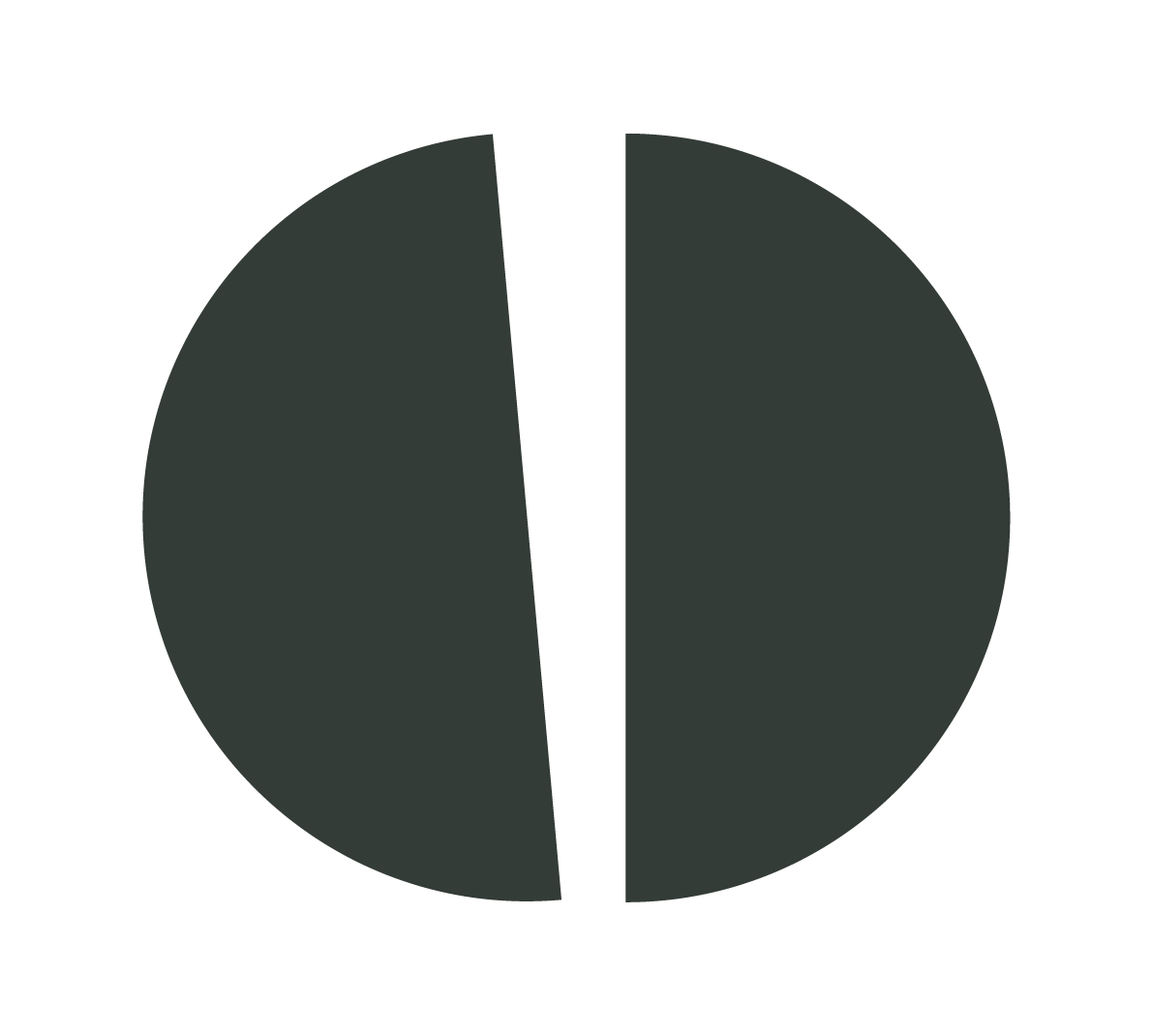How to make the very best of a tiny garden
Small gardens have many advantages. They can be fully immersive spaces, surrounded by beautiful materials that can be appreciated in close proximity. They provide an opportunity to include design features that make a bold impact.
Small gardens are a chance to think about every tiny detail. Often larger gardens require the budget to be spread quite thinly; however small gardens can include high-quality features throughout to ensure every surface has been thoughtfully considered.
Pocket gardens can be incredibly sociable spaces to feel fully connected. The intimacy of the space draws you in and invites you to become deeply immersed.
Garden Furniture
Think about the furniture for small spaces. Avoid furniture that has a dense, block-like form, as this will make the space feel heavy. Consider opting instead for chairs that are light in texture with an ethereal quality, allowing the light to pass through.
Built-in benches are a great way of optimising every inch of a compact garden. ‘Floating’ benches give a sense of greater space beneath, revealing every part of the footprint of the garden.
Choose furniture that is easy to lift and can have multiple uses, like this stool that doubles as seating or a small side table when required.
Compact gardens tend to be in city settings so it’s important to create an internal soundscape to distract from background noise. The intimacy of small spaces can contribute to the immersive experience, and the sound of water can be further enhanced. Include water features that have a gentle sound – think ‘trickle’ rather than a ‘torrent’ that will echo and be overpowering.
The delicate framework of this chair adds lightness to the space.
This versatile concrete stool has a dual function as seating or an extra table.
Here a Magnolia Grandiflora rises through the floating bench maximising the planting potential.
Materials
Screens
Choose materials that will enhance the depth of the site. By creating light and dark within a small space you will allow some areas of the garden to recede and others to come to the fore. Don’t be afraid of using contrasting tones to add a sense of heightened depth.
Here we have used a charcoal fretwork screen to add a darker backdrop in contrast with the zing of the lime green leaf tones. Exaggerating these contrasting tones helps to add an illusion of increased depth. The fretwork screen also allows the eye to see beyond, giving a sense that the garden continues beyond the screen.
Contrasting tones add depth and perspective.
Texture variation in planting.
Lighter planting is brought to the fore as the darker screen recedes.
Paving
A similar principle applies to paving. Zone the garden with contrasting tones; this helps to delineate the space. Pale tones bounce light and reflect, while the darker tones recede.
In the images here, the linear design frames the entrance into the garden by guiding you to the door echoing the architecture of the house. The stripes line up perfectly with the planters, increasing a sense of geometry in harmony.
Choosing contrasting stripes or setting patterned tiles into the paving can zone the garden. This is a helpful way to lead your eye around the garden or arrive at a focal point.
Two-tone paving creates a rhythm leading the eye around the entire garden.
The tile inlay ‘rug effect’ defines the seating zone.
The geometric tiles play with perspective to give a greater sense of space.
Lighting
Lighting can be used very effectively in compact spaces to give the illusion of greater depth. Here we have used Corten screens to wrap around the seating. The lighting behind the screen glows through the laser-cut spheres illuminating the warm tones of the Corten, creating magical dappled pools of light. It adds a sense of mystery and gives a subliminal cue that the parameter is not finite.
Try to avoid harsh direct light where the source of light is visible. Position spotlights within the foliage to illuminate the leaves. A sensitive touch is required when lighting intimate spaces.
Illuminating planting highlights beautiful leaf variation.
The Corten steel cut out creates magical dappled pools of light at night
A sensitive touch is required when lighting intimate spaces
Planting
When considering planting for small spaces think carefully about the containers you might use. Here we have used fibreglass trough planters that have a thin shell to maximise the planting areas. There can be a tendency to include a collection of small pots in compact spaces, but often this makes a garden seem fussy and cluttered. Don’t be afraid of adding statement bold pots and plants to add a sense of scale and drama.
Embrace the cosiness and create a space that fills your senses. Fragrance can be used more effectively in compact gardens. Roses, Jasmine, and Daphne can all be appreciated in close proximity. Use every surface available and maximise the height by adding a trellis to allow plants to fully surround you. Where space is tight vertical planting will increase the amount of green you can include.
Make the most of every inch of space by choosing plants that trail and soften the hard edges.
Plant rooftops to ensure all your sightlines are filled with beautiful enriching views. Green roofs also increase biodiversity, attracting vital pollinators into your garden.
Embrace your tiny courtyards and gardens. They can be pockets of rich textures, fully enriching and bring just as much joy as expansive gardens.
Roof planting with sedums, herbs and alpines further expands the planting zone.
Trailing plants such as this Lysmachia softens the hard edges.
Vertical planting takes advantage of every space. Here we have clad the step risers.
















